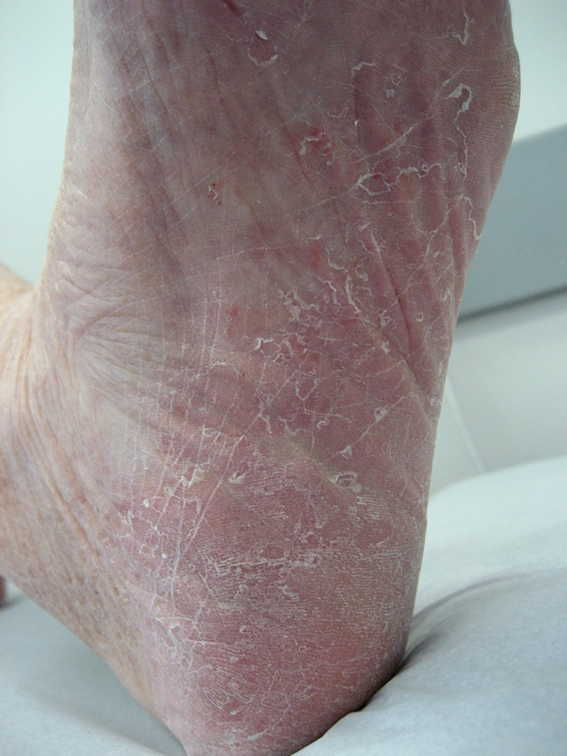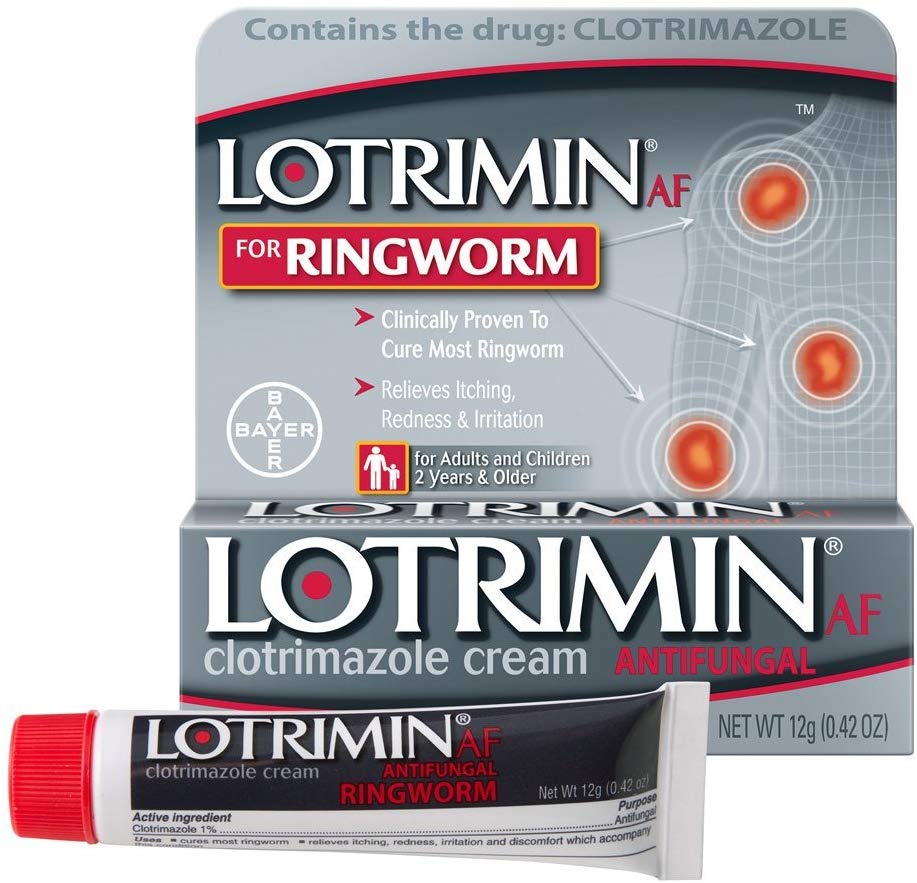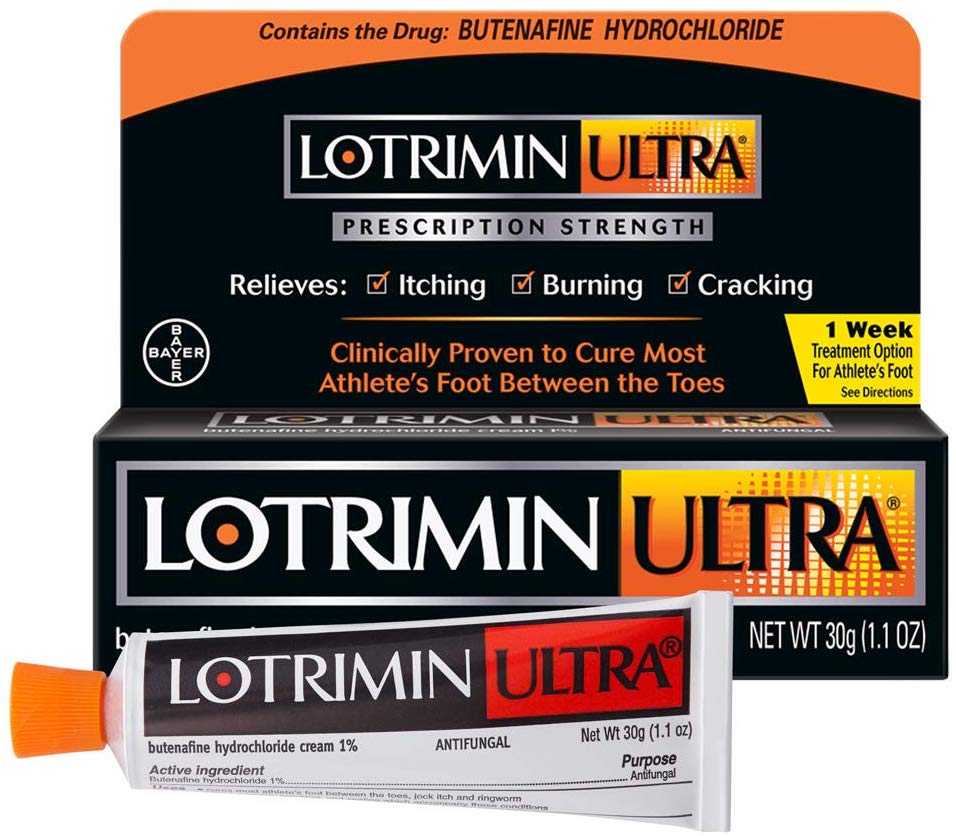Fungal Skin Infections
Overview
Ringworm, Athlete's Foot, and Jock Itch
What are ringworm, athlete’s foot, and jock itch? — They are skin infections caused by a fungus. These types of fungal infections are also called “tinea.”
Some people call these fungal infections “ringworm,” because they often cause a ring-shaped, red, itchy rash on the skin. But a ring-shaped rash is not always there. People with athlete’s foot might instead have moist, raw skin between their toes, or flaking skin on the bottoms of their feet and picture 3). People with jock itch often just have a red rash on the groin.
Sometimes, especially in children, the fungus can infect the scalp. On the scalp, the infection can look like a bald spot or a round flaky patch of skin.
How did I get a fungal infection? — You can catch fungal infections from anyone who is infected. You can also catch them from an infected dog or cat. Plus, you can pick up the infections from places where the fungus might be, such as:
●A shower stall
●The locker room floor
●The area near a pool
If you have a fungal infection on one part of your body, you can also spread it to other parts. For instance, men with a fungal infection on their feet sometimes spread it to their groin.
How are fungal infections treated? — The treatment for a fungal infection depends on which body part is affected. If you have a fungal infection on your scalp, you must take pills that will kill the fungus. Treatment for scalp infections usually lasts 1 to 3 months.
If you have a fungal infection on your feet, groin, or another body part, you probably will not need pills. Instead, you can use a special gel, cream, lotion, or powder that kills fungus. Treatment with these products lasts 2 to 4 weeks.
If you have a fungal infection on your groin and on your feet, you must treat both infections at the same time. If you do not, the infection on your feet can spread to your groin again.
How do I keep from getting a fungal infection again? — If someone in your home has had a fungal infection on their scalp:
●Get rid of any combs, brushes, barrettes, or other hair products that could have the fungus on them
●Make sure a doctor or nurse checks everyone in the house for a fungal infection
●If the fungal infection might have come from a pet, have it checked by a vet
Here are some other general tips on how to prevent fungal infections:
●Do not share unwashed clothes, sports gear, or towels with other people
●Always wear slippers or sandals when at the gym, pool, or other public areas. That includes public showers.
●Wash with soap and shampoo after sports or exercise
●Change your socks and underwear at least once a day
●Keep your skin clean and dry. Always dry yourself well after swimming or showering.
picture 3: Athlete’s foot

People with athlete’s foot often have flaky skin on the bottoms of their feet.
py, re-evaluate diagnosis.
Cutaneous candidiasis: Topical:
Cream, solution: Apply to affected area twice daily; if no improvement occurs after 4 weeks of therapy, re-evaluate diagnosis.
Ointment (OTC labeling): Apply to affected area twice daily for 2 weeks.
Tinea corporis, tinea cruris, tinea pedis: Topical: Cream, ointment, solution: Apply to affected area twice daily for 2 weeks (tinea cruris) or 4 weeks (tinea corporis, tinea pedis).
Tinea versicolor: Topical: Cream, solution: Apply to affected area twice daily; if no improvement occurs after 4 weeks of therapy, re-evaluate diagnosis.
Vulvovaginal candidiasis: Intravaginal:
Cream (1%): Insert 1 applicatorful of 1% vaginal cream daily (at bedtime) for 7 consecutive days. Note: Guidelines recommend a duration of 7 to 14 days. May also apply externally twice daily for 7 days as needed for itching and irritation.
Cream (2%): Insert 1 applicatorful of 2% vaginal cream daily (preferably at bedtime) for 3 consecutive days. May also apply externally twice daily for 7 days as needed for itching and irritation.
What is miconazole topical?
Miconazole topical is an antifungal medication. Miconazole topical prevents fungus from growing on your skin.
Miconazole topical (for the skin) is used to treat skin infections such as athlete’s foot, jock itch, ringworm, tinea versicolor (a fungus that discolors the skin), and yeast infections of the skin.
Usual Adult Dose for Vaginal Candidiasis
Vaginal suppository:
1 day therapy: Insert 1200 mg suppository intravaginally at bedtime for 1 day.
3 day therapy: Insert 200 mg suppository intravaginally at bedtime for 3 days.
7 day therapy: Insert 100 mg suppository intravaginally at bedtime for 7 days.
Vaginal cream:
Intravaginally:
2% cream: Insert one applicatorful intravaginally at bedtime for 3 to 7 days.
4% cream: Insert one applicatorful intravaginally at bedtime for 3 days.
Topically: Apply to external vulvar area twice a day for up to 7 days, as needed.
Usual Adult Dose for Tinea Corporis
Topical cream, ointment, powder, spray, or tincture: Apply a thin layer to affected areas twice a day for 4 weeks.
Usual Adult Dose for Tinea Pedis
Topical cream, ointment, powder, spray, or tincture: Apply a thin layer to affected areas twice a day for 4 weeks.
Usual Adult Dose for Cutaneous Candidiasis
Topical cream, ointment, powder, or spray: Apply a thin layer to affected areas twice a day for 2 weeks.
Usual Adult Dose for Tinea Cruris
Topical cream, ointment, powder, or spray: Apply a thin layer to affected areas twice a day for 2 weeks.
Usual Adult Dose for Tinea Versicolor
Topical cream: Apply a thin layer to affected areas once a day.
Clinical and mycological clearing usually occur after 2 weeks of therapy.
What is butenafine topical?
Butenafine is an antifungal medication that fights infections caused by fungus.
Butenafine topical (for the skin) is used to treat skin infections such as athlete’s foot, jock itch, and ringworm infections.
Usual Adult Dose for Tinea Versicolor
Apply to the affected and immediate surrounding skin once a day for 2 weeks.
Comments:
-If no clinical improvement seen after treatment period, diagnosis and therapy should be reviewed.
-This drug was not studied in immunocompromised patients.
Use: For the topical treatment of the dermatologic infection tinea (pityriasis) versicolor due to Malassezia furfur (formerly Pityrosporum orbiculare)
Usual Adult Dose for Tinea Pedis
Apply to affected skin between and around the toes twice a day (morning and night) for 1 week or once a day for 4 weeks.
Comments:
-Unknown if effective on the bottom or sides of the foot
-Patients should wear well-fitting, ventilated shoes; they should change shoes and socks at least once a day.
Uses: For the treatment of most athlete’s foot between the toes; for relief of itching, burning, cracking, and scaling with athlete’s foot
Usual Adult Dose for Tinea Corporis
Apply to affected skin once a day for 2 weeks.
Uses: For the treatment of most jock itch and ringworm; for relief of itching, burning, cracking, and scaling with jock itch and ringworm
Usual Adult Dose for Tinea Cruris
Apply to affected skin once a day for 2 weeks.
Uses: For the treatment of most jock itch and ringworm; for relief of itching, burning, cracking, and scaling with jock itch and ringworm
What is terbinafine topical?
Terbinafine is an antifungal medication that fights infections caused by fungus.
Terbinafine topical (for the skin) is used to treat skin infections such as athlete’s foot, jock itch, and ringworm infections.





